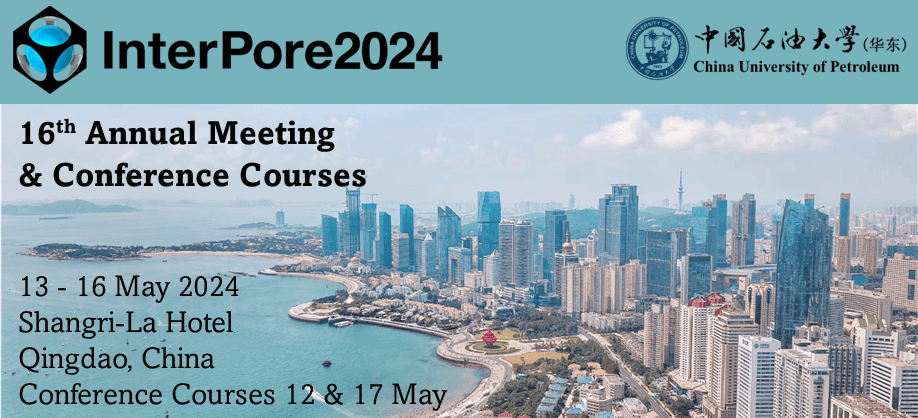Speaker
Description
Depleted gas reservoirs have large storage capacity, pre-proved containment security, in-place depleted gas, and well-established surface infrastructures, thus are viewed as the most feasible hydrogen storage space. However, the impacts of depletion time, volume ratio ($VR_{H_{2}:CH_{4}/CO_{2}}$) of hydrogen ($H_2$), depleted gas (mainly $CH_4$) and cushion gas (e.g., $CO_2$), and injection/withdrawal mode on hydrogen storage performance have not been systematically studied. Therefore, we examined these impacts using a numerical simulation method. The results demonstrate that: 1) As the $VR_{H_{2}:CH_{4}}$ decreases from 100% : 0 to 50% : 50%, both $H_2$ withdrawal factor ($W_{F-H_2}$) and purity ($W_{P-H_2}$) firstly increase and then decrease; during the $1^{st}$ withdrawal cycle, the highest $W_{F-H_2}$ is 42% and the smallest $W_{P-H_2}$ is 51%, both of which occur at the $VR_{H_{2}:CH_{4}}$ = 60% : 40%. 2) In case of $CO_2$ as cushion gas, $W_{F-H_2}$ and $W_{P-H_2}$ are decrease as the $VR_{H_{2}:CO_{2}}$ increases from 50% : 50% to 25% : 75%; during the $1^{st}$ withdrawal cycle, the highest $W_{F-H_2}$ is 38% and the smallest $W_{P-H_2}$ is 50%, both of which occur at the $VR_{H_{2}:CO_{2}}$ = 25% : 75%. 3) A smaller $H_2$ withdrawal rate ($W_{R-H_2}$) results in a lower $W_{F-H_2}$, but a higher $W_{P-H_2}$, e.g., at the $VR_{H_{2}:CH_{4}}$ = 60% : 40%, $W_{F-H_2}$ and $W_{P-H_2}$ are 42% and 51% at $W_{R-H_2}$ = 100×$10^4$ S$m^3$/day, respectively, while they become 31% and 64%, respectively, at $W_{R-H_2}$ = 50×$10^4$ S$m^3$/day. These simulation results indicate that cushion gas injection is beneficial to reducing hydrogen loss, and depleted gas can be used as cushion gas. Depletion time and the ratio of hydrogen, depleted and cushion gas have significant influence on hydrogen storage performance. These insights provide important guidance for industrial hydrogen storage in depleted gas reservoirs.
| Country | China |
|---|---|
| Conference Proceedings | I am not interested in having my paper published in the proceedings |
| Acceptance of the Terms & Conditions | Click here to agree |




.jpg)
